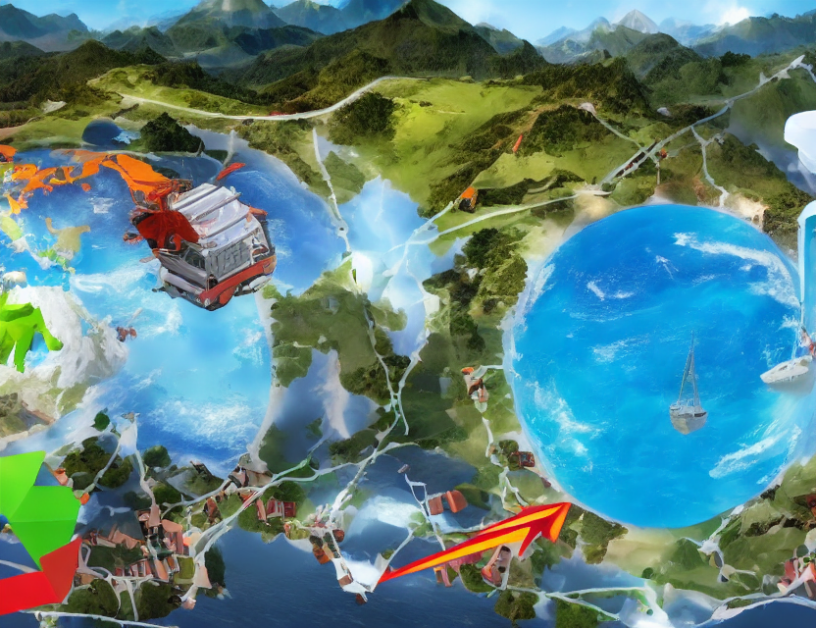Climate change is a pressing issue that affects us all, but communicating about it can be challenging. Researchers analyzed videos on TikTok and YouTube to understand how creators communicate about climate change and what works best. They found that TikTok narratives are more emotionally charged and focus on the self, while YouTube videos tend to be more informative and address others. Comments on both platforms closely reflect the content, with creators who diversify their content receiving more aligned reactions. These insights can help design climate communication campaigns and guide quantitative studies on online discourse.
On TikTok, climate change narratives are more likely to include calls to action, such as "go green" or "save the planet." They also tend to be more emotionally charged, with creators using visuals and music to evoke feelings of urgency and responsibility. In contrast, YouTube videos tend to be more informative, providing facts and statistics about climate change. These videos often address others, such as governments or corporations, and call for collective action.
On both platforms, comments closely reflect the content created. Creators who diversify their content across both TikTok and YouTube receive more aligned reactions from viewers. This suggests that creating content that appeals to a wide audience and tailors to different platforms can be effective in reaching a broader range of people.
Overall, the study demonstrates the importance of understanding how climate change is communicated on social media platforms like TikTok and YouTube. By analyzing the content and comments on these platforms, researchers can identify what works best in terms of engaging audiences and promoting collective action to address this critical issue.
Computer Science, Computers and Society
Uncovering Climate Change Communication Strategies on TikTok and YouTube



